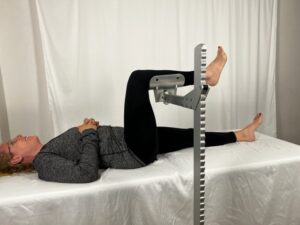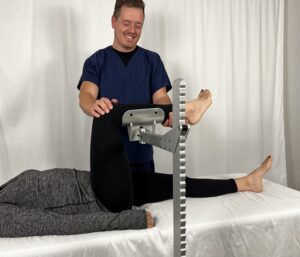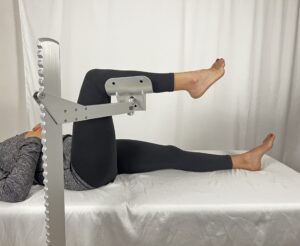X-ray technicians are responsible for taking x-rays of patients in order to diagnose injuries or diseases. One of the most important aspects of their job is positioning the patient’s limbs in the correct way for the x-ray. This can be a challenging task, as there are a number of factors that need to be considered, such as the patient’s age, size, weight, and body habitus.
In this blog post, we will discuss the four main challenges that x-ray technicians face when dealing with limb positioning. We will also provide tips on how to overcome these challenges and ensure that patients receive the best possible care.
Challenges
The four main challenges that x-ray technicians face when dealing with limb positioning are:
- Pain: Some patients may experience pain when their limbs are positioned for an x-ray. This is especially true for children and elderly patients, who may have difficulty holding still or following instructions. In some cases, patients may need to be sedated or immobilized in order to get a clear x-ray.
- Fear: Some patients may be afraid of x-rays, especially if they have had a negative experience in the past. This fear can make it difficult for technicians to get the patient to cooperate with positioning. In some cases, it may be necessary to have a patient advocate present to help calm the patient and explain the procedure.
- Limited mobility: Some patients may have limited mobility due to an injury or illness. This can make it difficult to position their limbs in the correct way for an x-ray. In some cases, it may be necessary to use special equipment or techniques to get a clear x-ray.
- Inadequate training: Some x-ray technicians may not have received adequate training in limb positioning. This can lead to errors in positioning, which can result in poor-quality x-rays or even patient injury. It is important for x-ray technicians to receive ongoing training in limb positioning so that they can provide the best possible care for their patients.
Tips
There are a number of tips that x-ray technicians can follow to overcome the challenges of limb positioning. These tips include:
- Communicate with the patient: It is important to communicate with the patient and explain the procedure in a way that they can understand. This will help to reduce anxiety and make the patient more cooperative.
- Use a variety of positioning techniques: There are a variety of positioning techniques that can be used to accommodate patients with different needs. By using a variety of techniques, x-ray technicians can increase the chances of getting a clear x-ray without causing pain or discomfort to the patient.
- Invest in proper positioning devices: Having the right apparatus for positioning a limb can make a world of difference in the outcome, diagnosis, and the patient’s comfort level.
- Be patient: It may take some time to get the patient positioned correctly. It is important to be patient and work with the patient to find a comfortable position that will allow for a clear x-ray.
- Seek help if needed: If an x-ray technician is unable to position a patient correctly, they should seek help from a colleague or supervisor. By working together, they can ensure that the patient receives the best possible care.
Despite the challenges, x-ray technicians play an important role in providing quality healthcare. By carefully positioning patients’ limbs, they can help to ensure that x-rays are clear and accurate, which can lead to better diagnoses and treatment.




